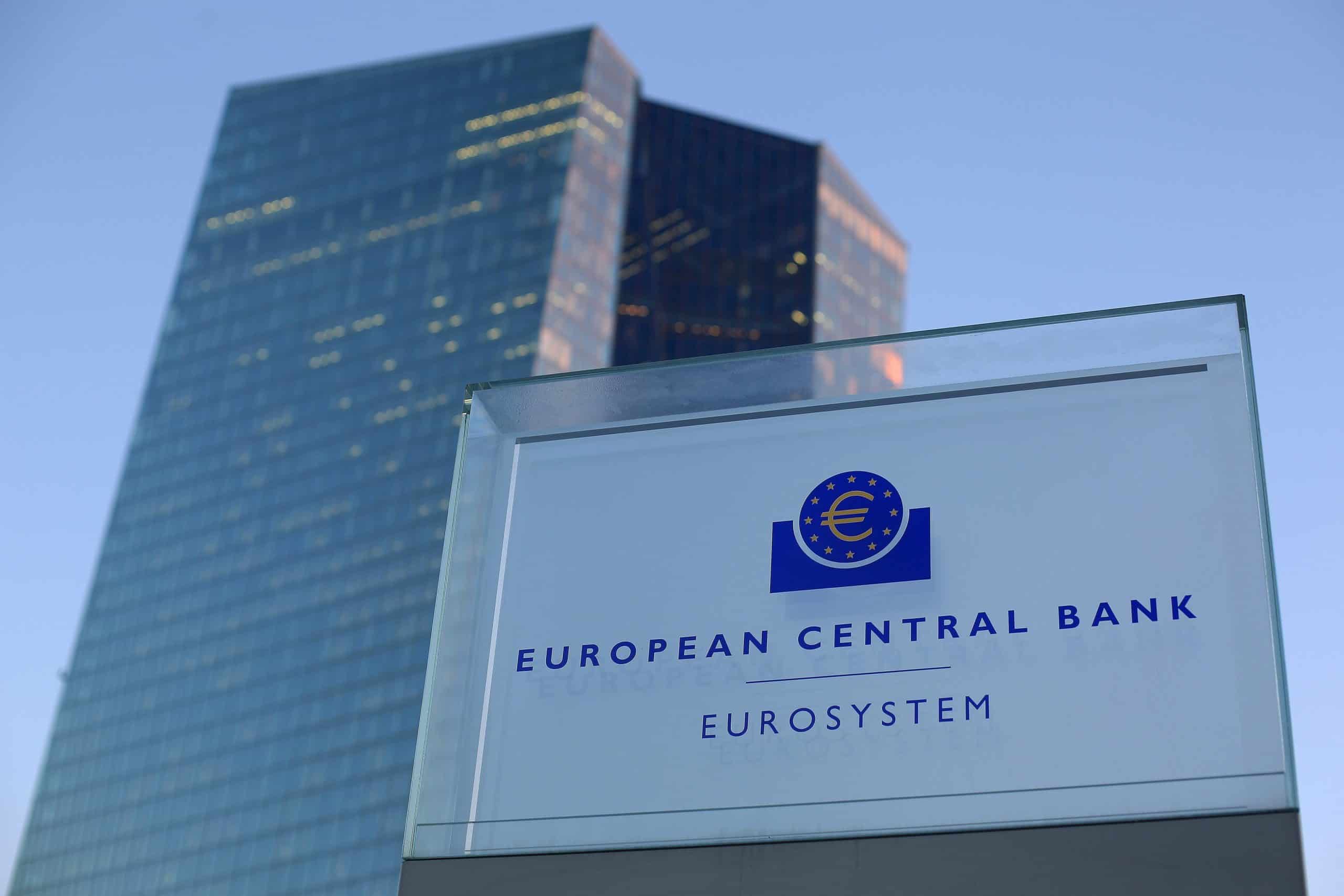Join Our Telegram channel to stay up to date on breaking news coverage
Consolidation isn’t entirely new to the digital finance market, with several firms showing a propensity to join forces to get even stronger. In Italy, two of the country’s largest digital payment firms, SIA and Nexi, have finalized a merger that will see them create a true financial behemoth.
A $17.5 Billion Behemoth
Earlier today, Reuters reported that both firms had struck an all-share agreement, with the resulting company worth a reported 15 billion euros ($17.5 billion). Nexi, Italy’s largest payment company and the bigger of the two firms, will get 70 percent of the new company. This makes SIA’s stake in the firm worth about 4.5 billion euros ($5.4 billion).
The report added that Nexi’s equity owners Clessidra, Bain Company, and Advent – will own 23 percent of the new company as well.
Both firms are based in Milan, leading to the belief that the new company will still focus on the Italian market. Nexi, the larger of the two firms, also focuses on the Italian market, although a third of SIA’s revenues come from overseas markets.
Both firms have reportedly been in talks over the deal for the past 18 months. However, they couldn’t make much progress due to lingering issues over the new company’s valuation and government instability. Now that these issues have been cleared, the merger should be completed sometime in 2021, barring any additional challenges.
Paolo Bertoluzzo, Nexi’s chief executive and the General Manager of the new firm, said in the press release that they planned to create a ” large Italian PayTech company leader in Europe […] with scale and capabilities to play an increasingly leading role in Italy and at an international level in a market, like the European one, that sees strong consolidation trends.”
The CEO wasn’t wrong. Per Reuters estimates, the new entity should handle about two million merchants’ payments and maintain about 120 million cards. In terms of sheer transaction numbers, that should cross 21 billion annually.
Europe’s Digital payment Mission
Digital payment efficiency has so far become one of the European policymakers’ top considerations as the world begins to chart a course for recovery from the coronavirus pandemic. Last month, Christine Lagarde, the President of the European Central Bank (ECB), explained at a meeting hosted by the Deutsche Bundesbank that the pandemic had forced many across the continent to adopt digital payments at a quicker pace.
Citing statistics from the agency, Lagarde pointed out that ecommerce sales had surged by about 20 percent between February and June. At the same time, retail sales declined by 1.2 percent. The policymaker added that online payments’ volume had shown double-digit growth rates since the pandemic broke out earlier this year.
“The pandemic has served as a catalyst, accelerating the transition towards a digital new normal. A vast majority of consumers expect to continue to use digital services as often as they do now or even more often,” she said in part.
To provide a more efficient digital payment system, the ECB is researching the role of a Digital euro to serve all countries within the European Union.
Join Our Telegram channel to stay up to date on breaking news coverage


